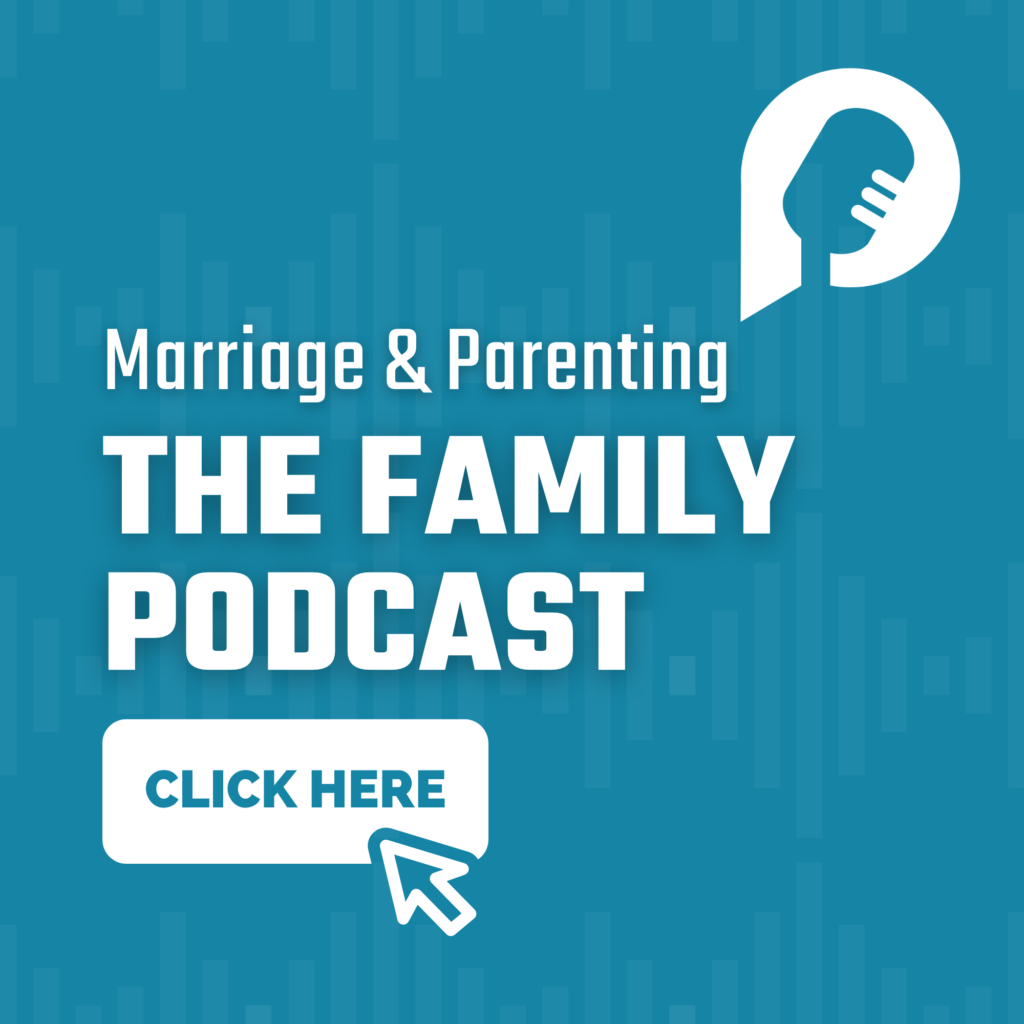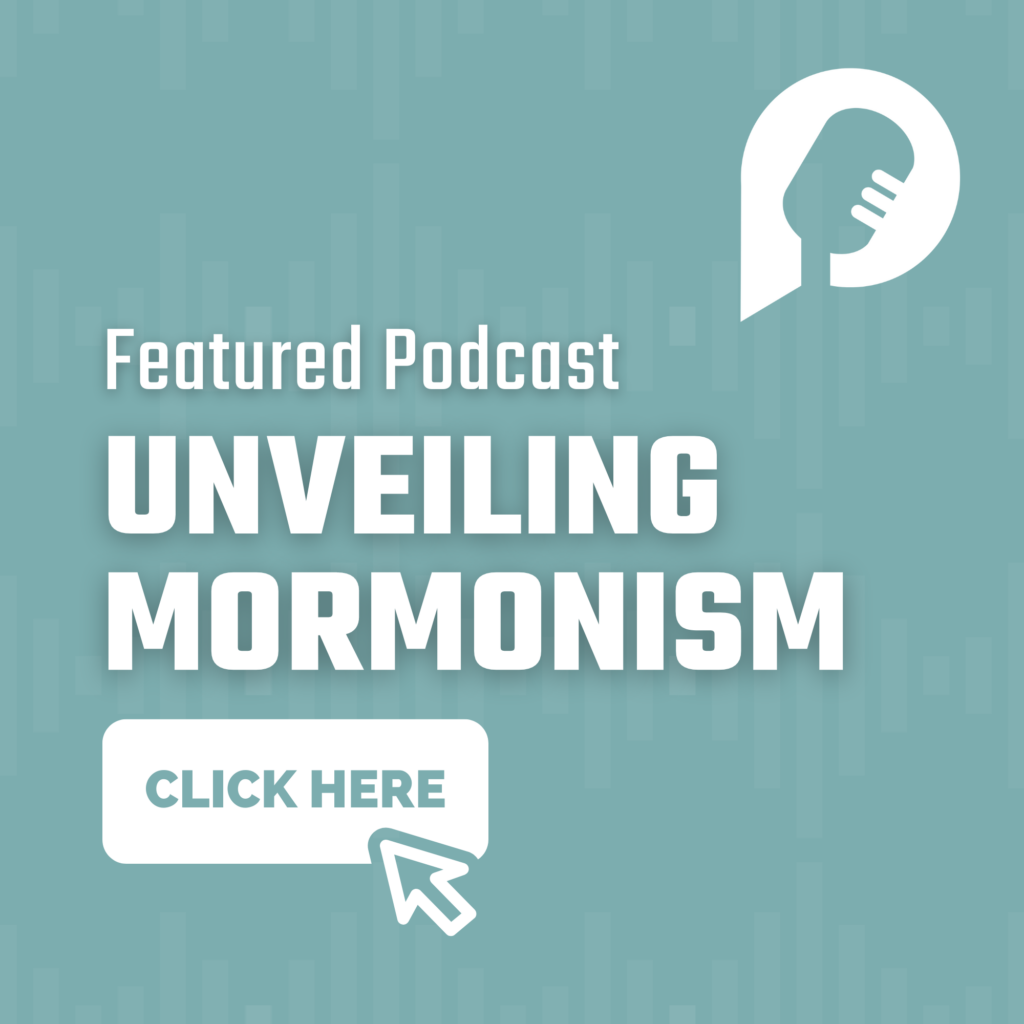Watch the video above and talk about it with a group or mentor. Learn more.
Find out how the Old Testament is structured and discover how structure can help you interpret it.
Key Points:
- The word “testament” means “covenant.” The Old Testament (“OT”) is called “old” because it came first, before the “New Testament” (“NT”). The OT is also referred to as the “Hebrew Bible.”
- The OT was written between about 1440 B.C. to 430 B.C. Some scholars think its earliest portions were written earlier than 1440 B.C. Others think it was written later.
- The OT was primarily written in Hebrew but large portions of Daniel and Ezra are written in Aramaic, which was the common language of the Babylonian Empire. Because the Jews were exiled to Babylon in the early sixth century B.C., it makes sense that they spoke and wrote in Aramaic while living in exile. Aramaic continued to be spoken among Jews who returned to Israel after the Babylonian and Persian Captivities. It was even the language spoken by Jesus and His disciples.
- The OT contains thirty-nine books in the Protestant canon. They are organized according to literary genre. The Hebrews organized their books differently than we do in modern English Bibles. For example, Samuel and Kings are one book each in the Hebrew canon, but in modern English Bibles, they are separated into 1 and 2 Samuel and 1 and 2 Kings.
- The first portion of the OT is called “the Law.” Scholars call this section of the OT “the Pentateuch,” which is Greek for “five scrolls.” The Law is not just a list of do’s and don’ts. It narrates the formation and growth of God’s chosen people: the nation of Israel.
- The second portion of the OT is called “History.” These books narrate the Israelites entering the promised land, the rise and falls of the kings of Israel and Judah, the eventual conquest of Israel and Judah by Assyria and Babylon, the Babylonian and Persian Captivities, and the eventual return from exile to the promised land.
- The third portion of the OT is called “Poetry” in modern Bibles. It contains wisdom sayings, poetry, songs, and metaphors to teach spiritual truths.
- The fourth portion of the OT in English Bibles is called “Major Prophets.” These prophets of God had long ministries and wrote/were written about prolifically, often prophesying over their whole lives and saying much about the present and future work of God.
- The fifth portion of the OT in English Bibles is called “Minor Prophets.” These prophets of God have shorter books as their namesakes. Many of them had briefer recorded ministries, though they still prophesied both about their own circumstances as well as what was to come.
- Hebrew language Bibles are organized differently than modern English Bibles. The three major sections are Torah (law; תּוֹרָה), Ketuveem (writings; כְּתוּבִים), and Navi’eem (prophets; נְבִיאִים).
Quote This:
Joshua 24:26 Joshua recorded these things in the Book of God’s Instructions. As a reminder of their agreement, he took a huge stone and rolled it beneath the terebinth tree beside the Tabernacle of the LORD.
Talk About It
- What is your initial reaction to this topic? What jumped out at you?
- What is an important lesson you have learned in reading the OT?
- Why is the OT also called the “Old Covenant?” What specifically is the significance of the word “covenant?”
- What is one new way that the information here is helpful for your understanding and interpretation of the OT?
- Why is it important that the OT has so many different types of literature that address a wide variety of topics?
- Is there a step you need to take based on today’s topic?






